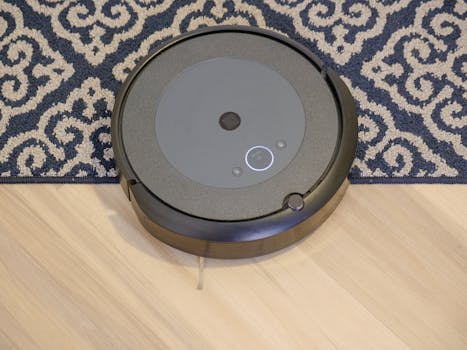Smart Homes and Smart Living: The Technological Transformation of European Homes by 2025
Smart Homes and Smart Living are revolutionizing the way we live, work, and interact with our living spaces. The European home is undergoing a significant transformation, driven by technological advancements and changing lifestyles. By 2025, smart homes and smart living will become the norm, offering unparalleled convenience, efficiency, and sustainability.
Introduction to Smart Homes and Smart Living
Smart homes and smart living refer to the integration of technology and automation in residential buildings to enhance the quality of life, comfort, and energy efficiency. This includes a range of innovative solutions, such as home automation systems, IoT devices, and artificial intelligence-powered appliances. The goal is to create a seamless and intuitive living experience, where technology serves to simplify and enrich daily life.
Key Trends Shaping the Future of Smart Homes and Smart Living
Several key trends are driving the transformation of European homes, including:
- Increased Adoption of IoT Devices: The proliferation of IoT devices, such as smart thermostats, lights, and security cameras, is enabling homeowners to monitor and control their living spaces remotely.
- Artificial Intelligence and Machine Learning: AI and ML are being integrated into smart home systems to learn occupants’ habits and preferences, optimizing energy consumption, comfort, and convenience.
- Energy Efficiency and Sustainability: Smart homes are being designed to minimize energy waste, reduce carbon emissions, and promote sustainable living practices.
- Enhanced Security and Safety: Advanced security systems, including biometric authentication and intrusion detection, are being implemented to protect homes and occupants.
Benefits of Smart Homes and Smart Living
The benefits of smart homes and smart living are numerous, including:
- Increased Convenience: Smart homes and smart living enable occupants to control and monitor their living spaces remotely, using smartphones, tablets, or voice assistants.
- Improved Energy Efficiency: Smart homes can optimize energy consumption, reducing waste and minimizing environmental impact.
- Enhanced Comfort and Well-being: Smart homes can learn occupants’ habits and preferences, adjusting temperature, lighting, and entertainment systems to create a comfortable and relaxing environment.
- Increased Property Value: Smart homes and smart living can significantly increase property value, making them more attractive to potential buyers and renters.
Challenges and Limitations of Smart Homes and Smart Living
While smart homes and smart living offer many benefits, there are also challenges and limitations to consider, including:
- High Upfront Costs: The initial investment in smart home technology can be significant, making it inaccessible to some homeowners.
- Complexity and Interoperability: Smart home systems can be complex, and integrating multiple devices and platforms can be challenging.
- Security and Privacy Concerns: Smart homes and smart living raise concerns about data security and privacy, as sensitive information is transmitted and stored.
- Dependence on Technology: Smart homes and smart living can create dependence on technology, which can be vulnerable to failures, outages, and cyber attacks.
Conclusion
Smart homes and smart living are transforming the European home, offering unparalleled convenience, efficiency, and sustainability. While there are challenges and limitations to consider, the benefits of smart homes and smart living make them an attractive and desirable option for many homeowners. As technology continues to evolve and improve, we can expect to see even more innovative solutions and applications in the smart home market.





